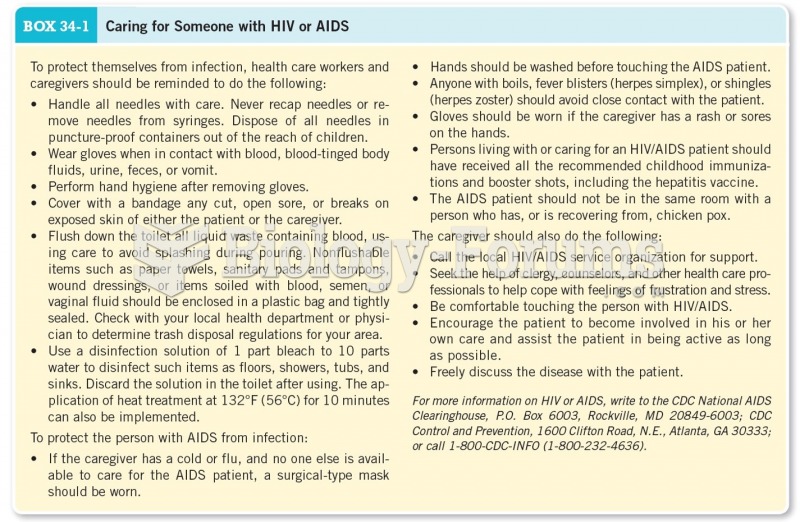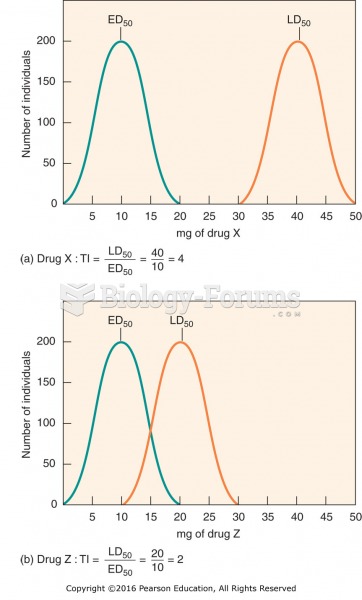Answer to Question 1
ANS: A
Nurses participate in holistic care through the use of natural healing remedies and complementary interventions. These include the use of art and guided imagery, therapeutic touch, music therapy, relaxation techniques, and reminiscence. Eastern holistic therapists have been using techniques such as acupuncture, yoga, and tai chi for thousands of years as methods of healing and, more recently, in conjunction with modern allopathic medical therapies. Risk factor reduction is step-by-step improvement of individual health factors. These combined improvements lower the likelihood of developing a disease. Health protection includes intentional behaviors aimed at circumventing illness, detecting it early, and maintaining the best possible level of mental and physiologic function within the boundaries of illness.
Answer to Question 2
ANS: A
In the three primary components of the Health Belief Model, six main constructs influence an individual's decision to take action about disease prevention, screening, and controlling illness. The model suggests that individuals are motivated to take action if they believe that they are susceptible to the condition (i.e., perceived susceptibility), that the condition has serious consequences (i.e., perceived severity), that taking action would reduce the susceptibility or severity of the condition (i.e., perceived benefit), that the costs of taking action (i.e., perceived barriers) are outweighed by the benefits, that those who are exposed to factors (e.g., media campaigns, postcard reminders, and advice from others) will be prompted to action, (i.e., cues to action), and that those who have confidence in their ability to perform an action will do so (i.e., perceived self-efficacy).







